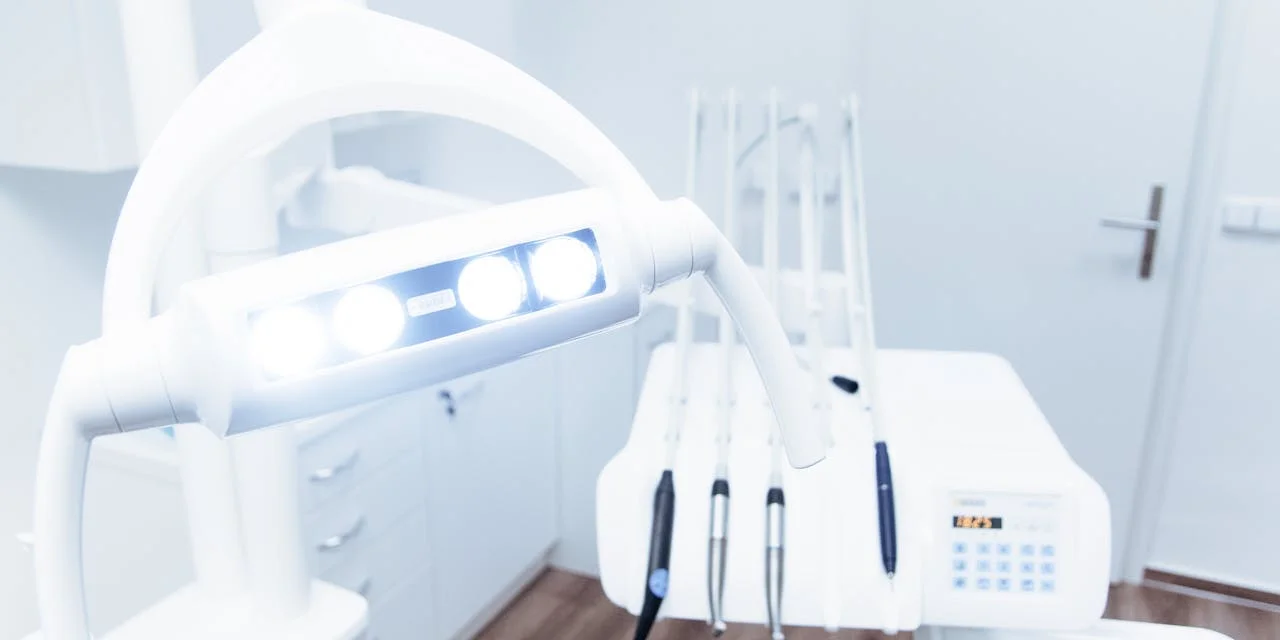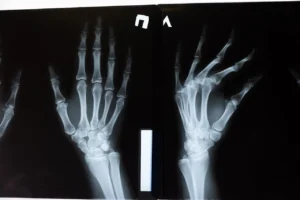
The latest publication from the World Health Organization (WHO), titled “Equity in Health and Care: Gender Dynamics in Undervalued Health and Care Labor,” sheds light on how gender disparities within health and care sectors detrimentally affect women, health infrastructures, and overall health outcomes.
This comprehensive report delineates how insufficient investment in health systems perpetuates an ongoing cycle of unrecognized and unpaid health and care labor, consequently diminishing women’s engagement in formal employment markets, undermining their economic autonomy, and impeding progress towards gender parity.
A staggering 67% of the global health and care workforce comprises women, who additionally shoulder an estimated 76% of unpaid care responsibilities. This disparity in labor distribution often results in disproportionately lower remuneration and substandard working conditions for roles predominantly held by women.
Furthermore, the report underscores prevalent issues such as meager wages and arduous working environments pervasive across the health and care sectors. The devaluation of caregiving, predominantly performed by women, not only impacts wages and workplace conditions but also hampers productivity and the economic viability of these sectors.
Decades of chronic underinvestment in health and care labor exacerbate a burgeoning global care crisis. Despite efforts towards achieving universal health coverage (UHC), approximately 4.5 billion individuals lack access to essential health services, potentially burdening women with additional unpaid care duties. This compounded strain on caregivers, coupled with weak health systems, compromises both caregiver health and service quality.
Jim Campbell, WHO Director for Health Workforce, emphasized the necessity of gender-equitable investments in health and care labor to recalibrate its societal value and foster more equitable economies. He urged leaders, policymakers, and employers to prioritize investment, advocating for a fair distribution of resources in health and care sectors.
The report proposes several policy measures to rectify the undervaluation of health and care labor:
- Enhancing working conditions across all health and care occupations, particularly those predominantly occupied by women.
- Promoting equitable inclusion of women in formal employment sectors.
- Ensuring equitable wages and working conditions for health and care workers, alongside advocating for pay parity.
- Bridging the gender gap in caregiving, supporting quality care labor, and safeguarding the rights and well-being of caregivers.
- Mandating the comprehensive recognition, measurement, and valuation of all health and care labor within national statistical systems.
- Investing in robust public health systems to bolster overall health infrastructure.
Such investments not only expedite progress towards achieving UHC but also alleviate the burden of unpaid health and care labor. When women actively participate in compensated health and care roles, they experience enhanced economic agency, leading to improved health outcomes. It is imperative for health systems to acknowledge, value, and invest in all facets of health and care labor to foster equitable societies.




